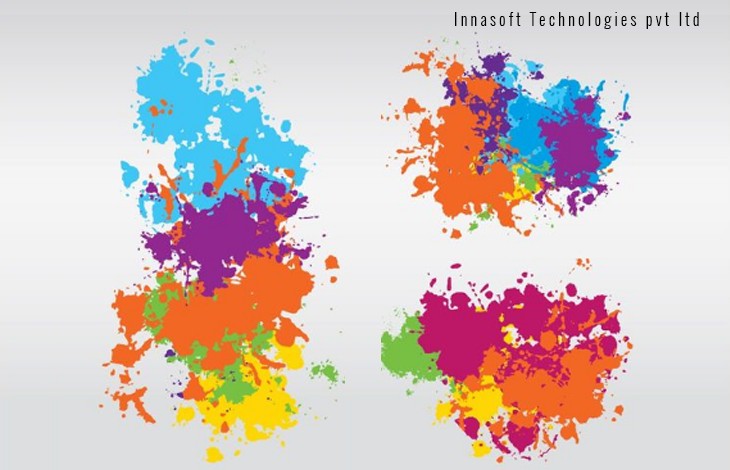BLOG DESCRIPTION

Importance Of Colors In Graphic Design
Color plays a major part in the correct reflection of your brand. This visually obvious yet subtle application has a significant impact on the way a brand is perceived by the public. No matter if you’re designing a brand for yourself, a small company, or a corporation the effects of color will not discriminate based on how much cash you have to start. When looking at color options for your brand it’s always best to take a look at other brands to get a clear idea on how color schemes play a part on the perception of brand perception. A company with strong brand recognition, altering the color scheme where it is expected to be maintained can have dangerous results.
Today’s marketplace is bombarded with products that are trying to get our attention at every head turn, decreasing the likely hood that your product will immediately stand out. According to the way our natural senses function Color is the most influential, followed by Shapes, Symbols, and finally Words. Here we will look at what colors mean on a basic level, as well as brands that are best known for their recognition by color, color combination practices, and how you can use these methods to develop your own brand.
But make no mistake, brand recognition will make a good company succeed faster and make bad companies fail faster. People attach most of how they feel about your brand according to their personal experience with your products and services. By selecting a color and/or color combinations for your brand you will take the first step in growing a favorable acceptance in your chosen industry.
The meaning of color:
Color meanings vary from culture to culture, and the impact that your brand has on your targeted audience. Here is a list of a few meanings on how colors are interpreted by brands:
Hue is the primary value of a color and how the color red, green, blue, purple, etc. is perceived through the eye. Saturation of a color is the overall intensity or brightness of the color, any color that appears dull is referred to as desaturated. Value is the lightness or darkness of overall colors schemes.
I. Blue: Security, Trust Worthy, Stability, Loyalty, Wisdom, Confidence, Trust, Friendliness, Preservation, Courage, Science.
II. Green: Wealth, Money, Calming, Trees, Ambition, Endurance, Healing, Calm, Generosity, Natural, Completion, and Protection.
III. Red: Energy, Power, Vigor, Leadership, Courage, Passion, Activity, Joy.
IV. Yellow: Optimism, Childish, Freshness, Law, Education, Arrogance.
V. Pink: Romantic, Feminine, Love, Beauty.
VI. Orange: Cheerful, Passion, Pleasure, Enthusiasm, Fascination, Creativity, Fun.
VII. Black: Powerful, Mysterious, Elegance, Sophistication, Functionality.
Before you create
amazing images to improve your social posts, let see a few extra tips for
choosing colors:
I. Don't stick with presets: Almost every program you use will automatically give you preset colors. Get past the presets and explore color on your own. Don't let the program decide how you use color in your design.
II. Start with one color you like: Every time I design something, I start with one color and build the color scheme from there. If you try and start with more than one color, you'll have a harder time finding harmony between your colors.
III. Save your color schemes: If you find a color scheme you like, it'll probably be useful to you later. I wouldn't suggest using the same color scheme for every chart or graphic you create, but you can always use different schemes in different ways later on.
IV. Practice makes perfect: The more you play with color and practice design, the better you get. No one creates their masterpiece the first time around.
Most Recent Articles
Hybrid Apps To Native App- Upheaval In Mobile Application Development
Aug 07, 2017
Mobile App Development






